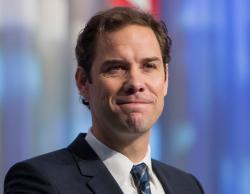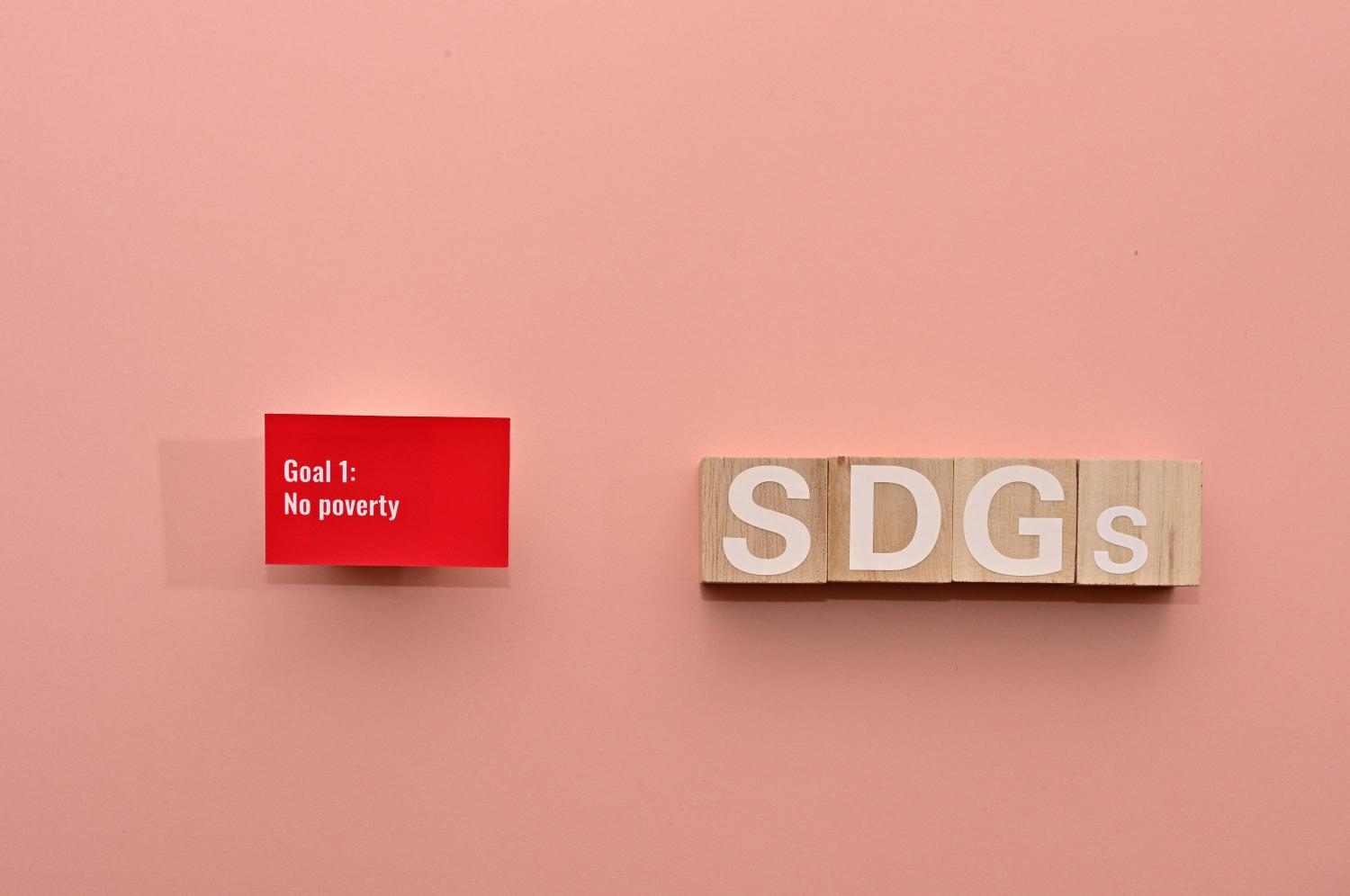This essay is part of “The SDG second half: Ideas for doing things differently.”
Ending extreme poverty by 2030 is first among equals within the Sustainable Development Goals. When SDG target 1.1 was formally adopted in 2015, the number of extremely poor people was thought to be around 730 million globally and was falling by roughly 65 million a year. Continuing that trend would have cut poverty rates to zero by 2030. But progress has slowed instead. Recent projections suggest 570 million people might still be poor in 2030, far short of elimination. At the SDG midpoint, rebooting efforts to ending extreme poverty could re-energize the world like nothing else.
First, what went wrong? Much early optimism rested on the World Bank’s prominent ownership of the poverty reduction target. In 2013, the organization adopted the end of extreme poverty as one of its two headline goals, alongside reducing inequality. It promised to operationalize the twin goals through tailored country strategies and transformational forms of engagement. Further, in the 2015 Addis Ababa Action Agenda on Financing and Development, all U.N. member states agreed to a new social compact to end poverty, with fiscally sustainable and nationally appropriate income floors. They vowed to explore funding modalities for such systems.
Unfortunately, these promises lacked follow-through. The shortcomings culminated last October, when the World Bank admitted premature defeat on its own goal, with a statement that “the global goal of ending extreme poverty by 2030 would not be achieved.”
The bumpiness of the path to ending extreme poverty should motivate renewal, not resignation. Fortunately, improvements in technology, policy, and evidence over the past decade make the goal more solvable today than it was in 2015, not less.
As particular inspiration during the strains of COVID-19, widespread country breakthroughs in social protection highlight frontier opportunities for direct income support through cash transfers. Evidence of these and other cash transfer measures is reassuringly positive: A strong reduction in poverty rates and spillover benefits into other SDG areas, mostly education, health, and nutrition. Evidence of the practicalities of implementation has also accumulated. For instance, Togo, a low-income country, was able to build its Novissi digital platform to reach almost 1 million beneficiaries within a year, distributing around $20/month (30 percent of the monthly minimum wage). During the first six months, nearly two-thirds of the beneficiaries were women.
The bumpiness of the path to ending extreme poverty should motivate renewal, not resignation.
The digital and mobile technology revolutions have transformed the speed and costs of hyper-targeted transfers to poor people. Transaction costs are now down to single-digit levels as a share of funds for beneficiaries. Dramatic advances in targeting methods, thanks to machine learning and more granular poverty data, have radically improved efficiency and efficacy.
For sure, cash transfers are a policy tool, not a panacea. They require a long-term strategy, and a majority of extremely poor people still live in rural areas, where investments in agriculture, infrastructure, and human capital are all key to long-term economic growth. Each country should be empowered with vigorous debate on how to sequence and scale such investments. But cash transfers can serve as a best alternative to a negotiated agreement in these debates. Whenever a better alternative to ending extreme poverty by 2030 cannot be found, cash transfers offer a powerful device for getting the job done—as a ladder out of poverty, not a permanent dependency.
Embedding this logic into a purpose-driven global funding instrument could transform progress on SDG 1. One option would be to encourage the International Development Association (IDA) to orient its operations around the explicit purpose of ending extreme poverty, proactively supporting targeted cash transfer systems in every country that wishes to use them. With an incoming new World Bank president and a request from shareholders to follow through on its existing headline goal, IDA would be ripe for innovation. An alternative would be to build a new purpose-driven multilateral fund to end extreme poverty, with a technical focus on sustained cash transfer systems for extremely poor people. Such a targeted instrument would be consistent with, while much more specific than, calls for a global fund for social protection.
The implied financing needs for such a funding instrument are substantial but realistic. At about $100 billion, the global extreme poverty gap is equivalent to only 0.1 percent of global GDP, its lowest relative size ever, and slightly more than half of total official development assistance. An initial funding modality could start where the needs are greatest, with focused support to the five countries on course to account for more than half the world’s poor in 2030: Nigeria, the Democratic Republic of Congo, Madagascar, Tanzania, and Angola.
The time is ripe for a purpose-driven fund to end extreme poverty. The targeting can be surgical, costs are modest, and implementation is now feasible. Doing so to achieve SDG 1 within the coming seven years would mark a historic global achievement and help renew momentum for the SDGs overall.





